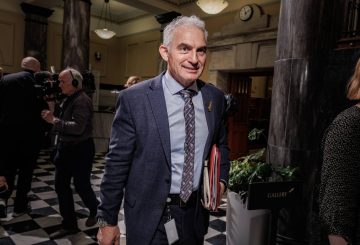정부는 산업 배출량 감축을 위한 프로젝트의 네 번째 라운드에서 탈탄소화 산업을 위한 정부 투자 기금에 1,620만 달러를 추가로 투입했습니다.
크리스 힙킨스 총리는 오클랜드에 본사를 둔 첼시 슈가 팩토리를 방문했는데, 첼시 슈가 팩토리는 이전에 프로젝트의 두 번째 라운드에서 자금을 지원받았습니다.이 기금을 받은 이후 첼시 슈가는 배출량을 10% 줄였는데, 이는 연간 약 2700톤에 해당합니다.
그는 정부가 탈탄소화를 위한 GIDI 기금을 통해 추가로 15개 기업에 자금을 기부할 것이라고 발표했습니다. 여기에는 북섬에서의 폰테라 사업을 위한 거의 3백만 달러가 포함됩니다.
메간 우즈 (Megan Woods) 에너지 자원부 장관은 “우리가 또한 보여주고 있는 것은 화석 연료에서 벗어나 친환경적으로 전환하는 것이 비즈니스에 좋다는 것”이라고 말했다.
“지금까지 우리는 총 66개의 주요 산업 탈탄소화 프로젝트에 공동 자금을 지원했으며 2027년 12월까지 모두 완료될 예정입니다.”
그녀는 “[They]매년 탄소 배출량을 38,354톤 줄일 것이며 이는 약 14,200대의 자동차를 도로에서 없애는 것과 같다”고 말했다. 이는 와나카에 있는 전체 자동차 수보다 많은 양이다.
크리스 힙킨스 (Chris Hipkins) 는 또한 재생 가능한 전력 농장을 확장하겠다는 의사를 발표했습니다.
총리는 또한 EV와 같은 전기 제품에 지속 가능한 공급원으로 전력을 공급할 수 있도록 재생 가능 전력 농장을 확장하겠다는 의사를 표명했습니다.
우즈는 정부가 태양열 및 풍력 발전소의 확장을 늦추는 “빨간 테이프”를 없애고 동의 절차를 가속화할 계획이라고 말했다.
크레딧: radionz.co.nz





























































